Math manipulatives are an essential part of teaching math concepts, but have you ever used playdough as a manipulative?
It's a great manipulative, and I'll give you some reasons why.
Kids love it! It really doesn't matter how old they are, you could put playdough in front of some teenagers and they'd love it. Even as adults we can't resist it, right?
So it makes sense to use something that kids love to work with.
Playdough is cheap and easy to make, and remake.
It doesn't break. It's made of natural materials so it feels better than plastic manipulatives. You can check out my gingerbread playdough recipe if you're after a quick, easy recipe that smells delicious and is great for Christmas time.
Playdough can be used in so many different math areas, which I'll get into in a bit.
And lastly, it's tactile so it not only caters to children's needs for movement and touch, but kids can learn so much by interacting with it and shaping it into the math concepts we're wanting to teach.
We could show our kids a picture of a 3D shape, or give them some store-bought plastic 3D shapes. But by creating the models themselves, children learn so much more about faces, edges, and vertices.
So let's find out about five ways to use playdough in math.
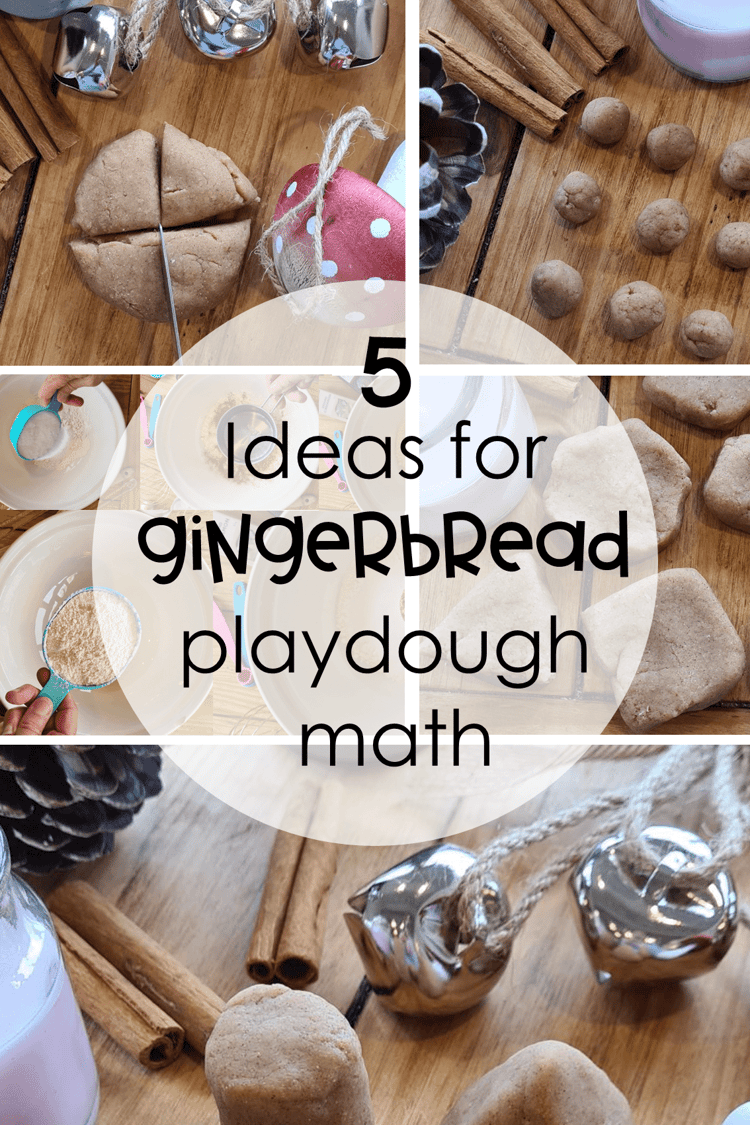
1. Making Playdough is a Measuring Activity.
If children can help measure and weigh the ingredients to make playdough, they're instantly getting concepts of volume and capacity, and learning how to measure in different ways. This is a great way to show our children that math has real-life uses.
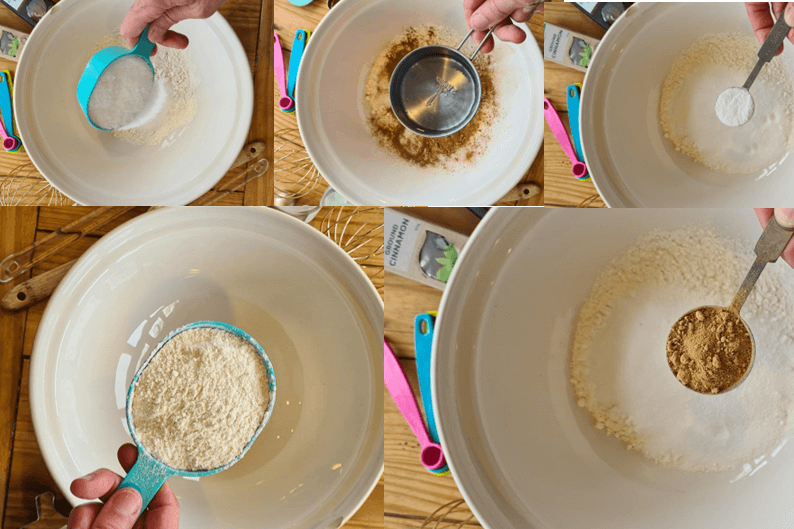
2. Multiplication Arrays
When children are beginning to learn about multiplication, making arrays with rows and columns is an important visual way to see that instead of counting every single object, which would be very slow, we can use multiplication (3 rows of 3 objects = 9 objects) as a fast adding tool.
When we're using playdough, children will enjoy pulling off small lumps, rolling them into balls, and laying them out in an array. When they have solved the multiplication, the lumps can be smooshed back together to make a new array.
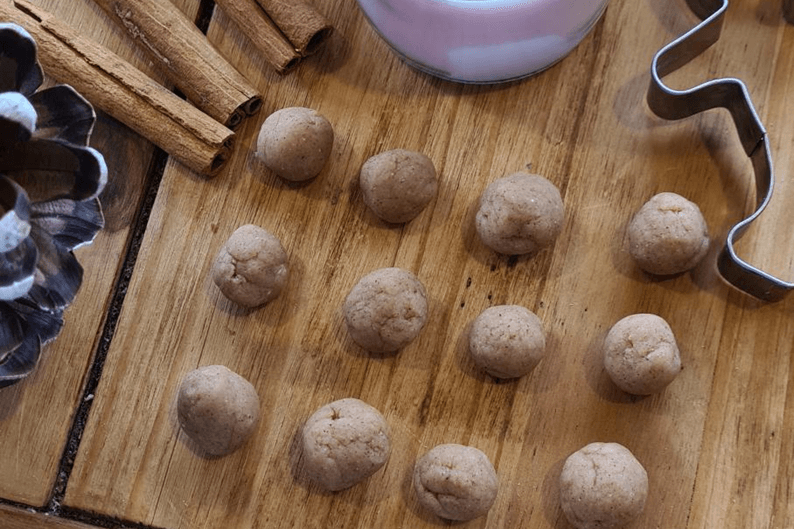
3. Fractions
If we're teaching fractions, children can shape their dough into a ball then flatten it into a circle. Or it could be shaped into a square or rectangle. Using a butter knife, the children can cut these shapes into equal fractions.
It's very easy to understand the concept that fraction is division, when kids are physically dividing a shape into portions of equal size.
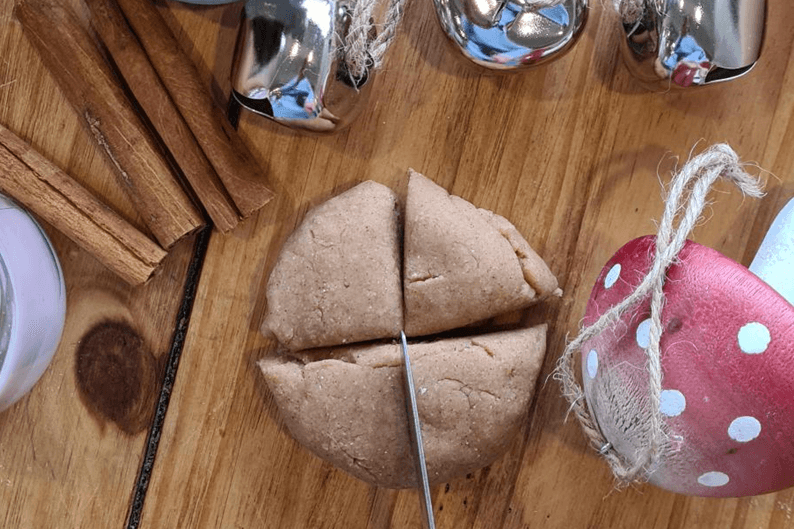
4. 2D Shapes
To make 2D shapes with playdough, children will roll the playdough and then either cut it, use cutters, or squeeze it into shape with their fingers.
It's a very tactile and visual way to learn about the properties of shapes
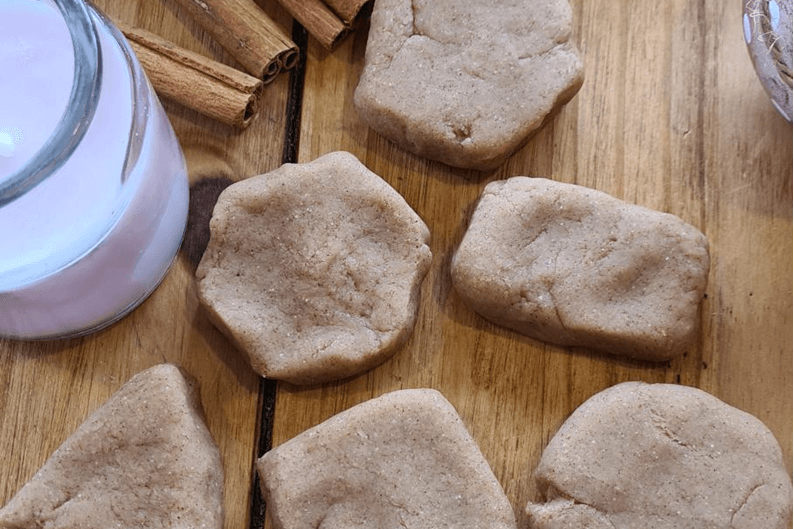
5. 3D Shapes
Playdough is ideal for making 3D shapes. It takes a little trial and error to squeeze the dough into a 3D model. This is great for developing children's understanding of the shapes of each face, and that each face needs to look the same in order to achieve a 3D shape. Children discover the edges and vertices (or corners) as they squeeze the dough.
Playdough really is the ideal manipulative for learning about 3D shapes.

If you're teaching about any of these concepts at Christmas time, gingerbread or candy cane peppermint really add to the sensory experience, which makes learning even more memorable.
Using Playdough at Different Times of the Year
I've mentioned gingerbread playdough for Christmas math, but here are some more great ideas for sensory playdough math:
- Red playdough for Chinese New Year
- Raspberry playdough for Valentine's Day
- Peppermint playdough for St. Patrick's Day
- Pink, blue, yellow, green, and purple for Easter
- Green and blue for Earth Day
- Pumpkin spice for Fall and Thanksgiving
- Purple, orange, and black for Halloween
- Gingerbread and peppermint for Christmas
How Do I Use Playdough in the Classroom?
Playdough is perfect at a center as an independent activity, but it can also be a small group or whole-class activity if children have small whiteboards or even laminated sheets of paper for a workspace.
How Do I Store the Playdough?
Playdough needs to be kept in an airtight container such as a zip lock bag or other sealed container.
I hope that's given you some great ideas to start using playdough as a math manipulative. I'm sure it'll take your math teaching to a whole new level.



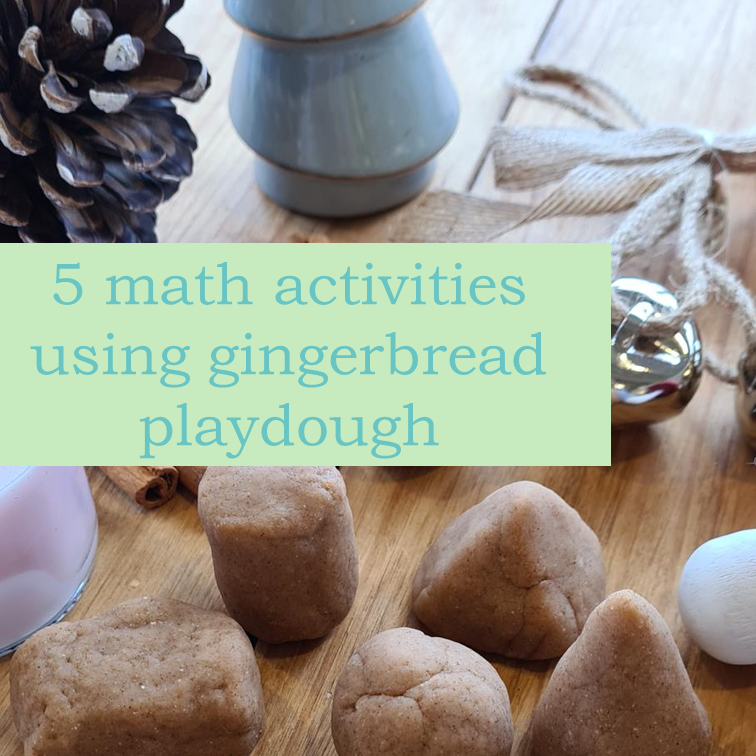
Comments ()